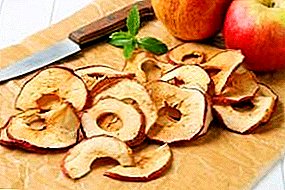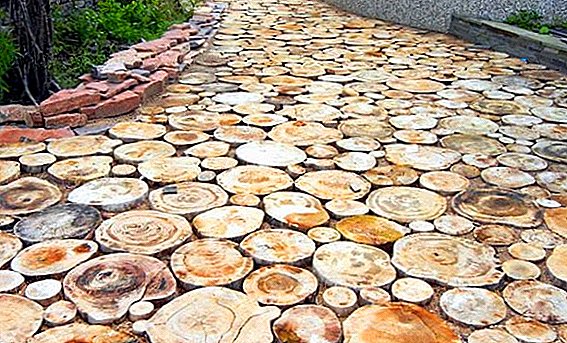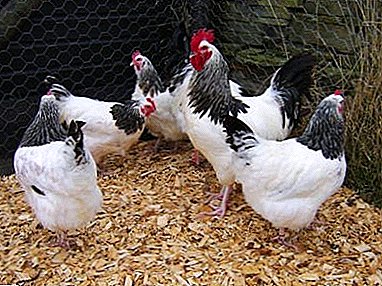
The reasons for drying apples can be great variety. First of all it bountiful harvestwhen there is not enough strength or cans for compote or fresh fruit jam. Sometimes whole kilograms of apples were put on pies, charlottes and other dishes, but a few more buckets were left in stock.
Then the question arises how to deal with them in this case. In order not to lose precious fruits, it is better to use method of drying fruit for the winter.
In case there are no special devices at hand like dehydrator or convection oven, the best option would be drying in the balcony or attic. How is drying apples at home in the air? Depending on where you store the apples during drying, the techniques vary slightly.
Training
How to dry apples at home on the threads? How to prepare apples for drying? First you need carefully examine the apples and choose the best. In no case will rotted, blackened or worms-eaten fruit suit in any way.
Be sure to rinse thoroughly and then dry the fruit, to avoid their damage. If there are still puncture or other injuries on the skin, they can be carefully cut with a knife.
It doesn't really matter what varieties are most suitable for drying. Summer or late varieties of apples, as long as the fruit was pleasant to the taste. Bitter or sour fruits, especially if they are immature, will not work. Check the flesh - if it is dense and juicy, then the apples will certainly become the perfect dried fruit.
 In terms of size, it is better to give preference to large and medium ones - it is more convenient to cut them.
In terms of size, it is better to give preference to large and medium ones - it is more convenient to cut them.
First, cut each fruit in half and remove the core as well as the tails on both sides.
Peel better not cutif the harvest is from the garden, not from the store shelves. Small copies share a maximum of 2-3 identical parts.
It is more convenient to cut the apples into small "moon" slices, the thickness of which does not exceed 1 cm. You can also leave round slices, which then will be convenient to hang for drying. In addition, this form will surely appeal to children. Remember: the more like each other pieces, the drying will occur more uniformly and all apples will be about the same condition.
Some gardeners recommend holding sliced apples before drying. in a weak salt solution. Due to this, the iron contained in the fruit will not oxidize so much, and the dried fruits will turn out to be white and light yellow, and not “rusty”.
In addition, they will be stored a little longer without the encroachment of voracious insects like fruit flies. A liter of water will need a teaspoon of salt, after which fruits are “bathed” in the resulting solution, and then left to dry from moisture for a while. Then you can start drying.
A less effective way, after which some of the nutrients are lost, is short boiling apples before drying. Just drop the slices into the water for a couple of seconds and immediately let them dry in the sun.
How to dry?
In the attic
How to dry apples in the attic? Make sure the attic is well ventilated, free from dust, cobwebs or molds. The air should be warm, with low humidity. Next, slices of apples are strung on a strong, but not too thick thread with a gypsy needle.
If the apples do not hold on to the mount, break open and fall down, pick up another slice thickness.
 The result should be a kind of garland with lots of cloves.
The result should be a kind of garland with lots of cloves.
They hang freely in the attic, be sure to cover with gauze.
A clean cloth will protect future dried fruit from settling dust and insects. To ensure that each part dries well and does not stick to string or gauze, move apples once a day.
In this way you spend just over a week, maximum twobut get whole bunches of uniformly dried fruit.
The principle of drying apples is that approximately 80% of the water evaporates from the fruit, which makes them shrink and lose much weight. In this way, from 10 kg freshly picked fresh fruit can be made 1 kg of dry.
On the balcony
How to dry apples on a thread on the balcony? The basics of drying fruits in the balcony and in the attic are quite similar. The only difference is that apples have more access on the balcony to sunlight, fresh air and another surface.
If it is possible to hang apple slices on strings, take advantage of it. However, every few days, turn the "garland" to the rays of the sun warming up each side evenly. Otherwise, take a few spacious baking sheetsOn which it is required to decompose in one layer all the sliced apples.
As is the case with drying indoors like an attic, fruit is needed cover with solid matter from gauze. If the balcony is open, you will protect your blanks from birds and insects.
Do not forget to go through slices from one to several times a day, turning them from side to side. So they do not stick to each other, and each side will remain optimally dried.
 Compared with the previous method of drying, apples on the balcony will need lie down for 4 to 6 days, which significantly shorten the cooking time.
Compared with the previous method of drying, apples on the balcony will need lie down for 4 to 6 days, which significantly shorten the cooking time.
This result can be achieved in warm and cloudless weather.
Avoid rainy days - apples are at risk of soaking with moist air, which either prolongs the drying period, or finally spoils the dried fruits.
Summarizing
Based on your own preferences, type of room and opportunities, choose one the most comfortable way just for you. Each of them has its advantages and disadvantages, however, following the simple rules for preparing fruits and the drying process itself, you will in any case get a set of delicious dried apples.
Then you can be sure that dried fruits are cooked properly.
To learn how to dry apples at home, you can learn from the video:












